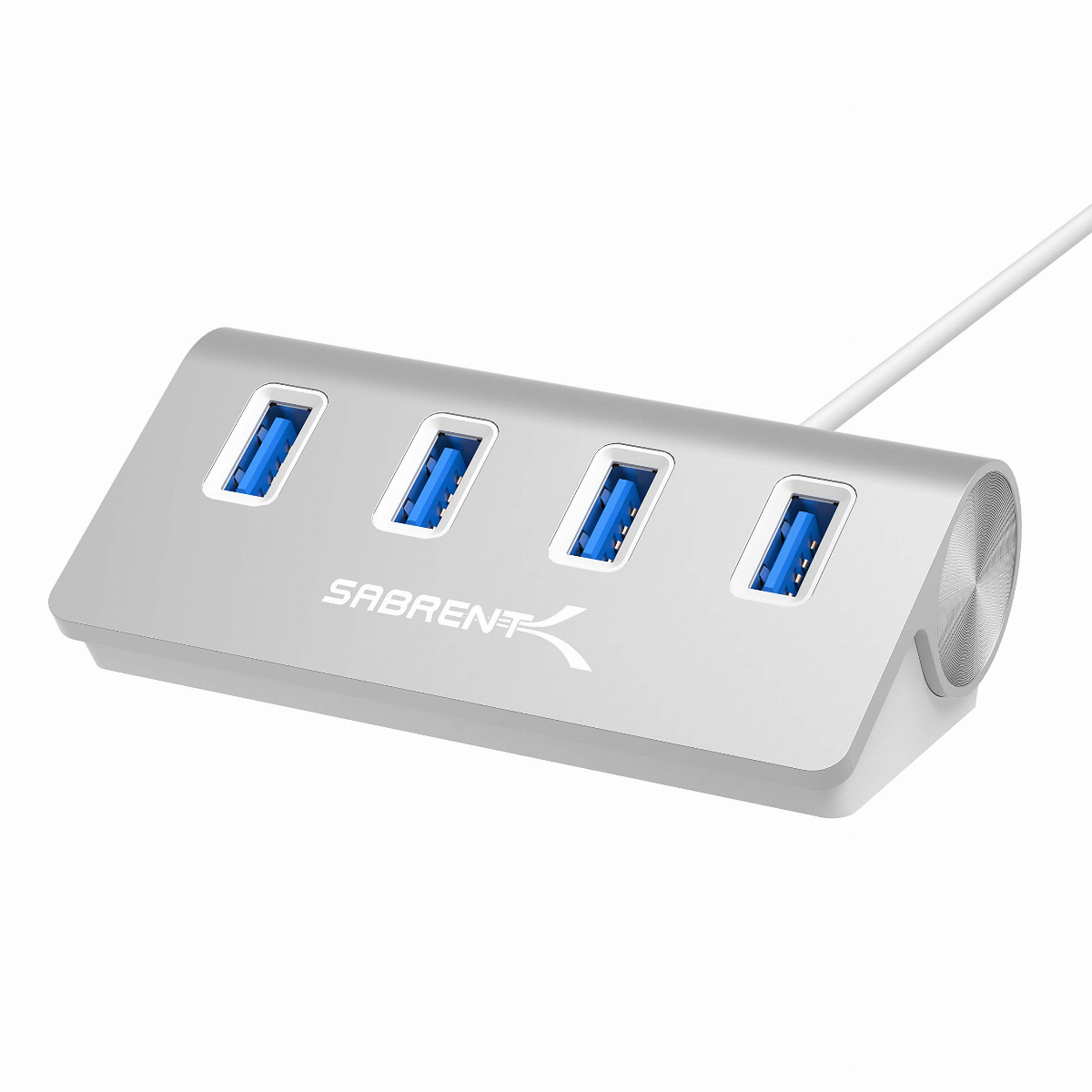

ADDITIONAL USB PORTS FOR MAC MAC
But if you want to connect multiple displays to your laptop - especially high-resolution 4K displays - you'll need a hub capable of pushing those pixels. The USB 2.0 Hub adds eight additional USB ports to your Mac (or PC), allowing you to connect USB devices such as digital cameras, phones, flash drives, and printers to one convenient place. Remove the USB device from your computer and plug it into another computer and. Most USB hubs will connect to an external display just fine, giving you more screen to fit your work. When Apple released the first MacBook with only one USB-C port in 2015. Things get even more complicated when you add displays to the mix. So your mileage may vary depending on the laptop you use. In addition, some may allow you to plug your laptop's power adapter into the hub but it may not charge as quickly or efficiently as it would if it were plugged directly into the laptop. Some Apple computer and displays may offer the ability to operate more than one USB port at 1100 mA at 5 V. The remaining ports will continue to offer 500 mA at 5 V. In those cases, you'd either need a USB hub that plugs into the wall - enabling it to draw more power for those devices - or you'd need the device itself to plug into the wall (like a DVD drive that comes with its own power cable). The port providing extra power is determined by the first Apple peripheral or device to connect to the Apple computer or display that requires power beyond 500 mA at 5 V. Simple USB hubs, for example, draw power from the laptop itself and may not be able to provide enough juice to power-hungry peripherals like external DVD drives.

Not all hubs are created equal with varying ports their only difference. Shopping Working from home: Seat cushions Some may even allow you to charge your laptop through them, your actual laptop charger plugging into the hub itself. So you can connect multiple USB devices, SD cards, HDMI displays, Ethernet connections or other devices to your laptop after plugging that hub into just one USB port on your laptop. USB ports, a Gigabit Ethernet plug, and a SATA III port for an additional. Simply put, a USB hub, or docking station, expands the number of ports on your laptop through one adapter. USB-C means its ideal for connecting to a MacBook Pro, and 100W of power means. So what do you do when you don't have enough connections for your old peripherals, external monitors, or SD cards? Well, you could grab a dongle for that one device - USB-C to HDMI and USB-C to USB-A adapters are a dime a dozen - or you could get one docking station to rule them all. Many ultraportable laptops have done away with Ethernet and HDMI ports, while others have gone even further, eschewing old-school USB ports for newer, smaller USB-C slots.

As laptops get smaller and thinner, their port selection gets more and more paltry - this can get quite frustrating for anyone working from home and wrestling toward the best setup.


 0 kommentar(er)
0 kommentar(er)
